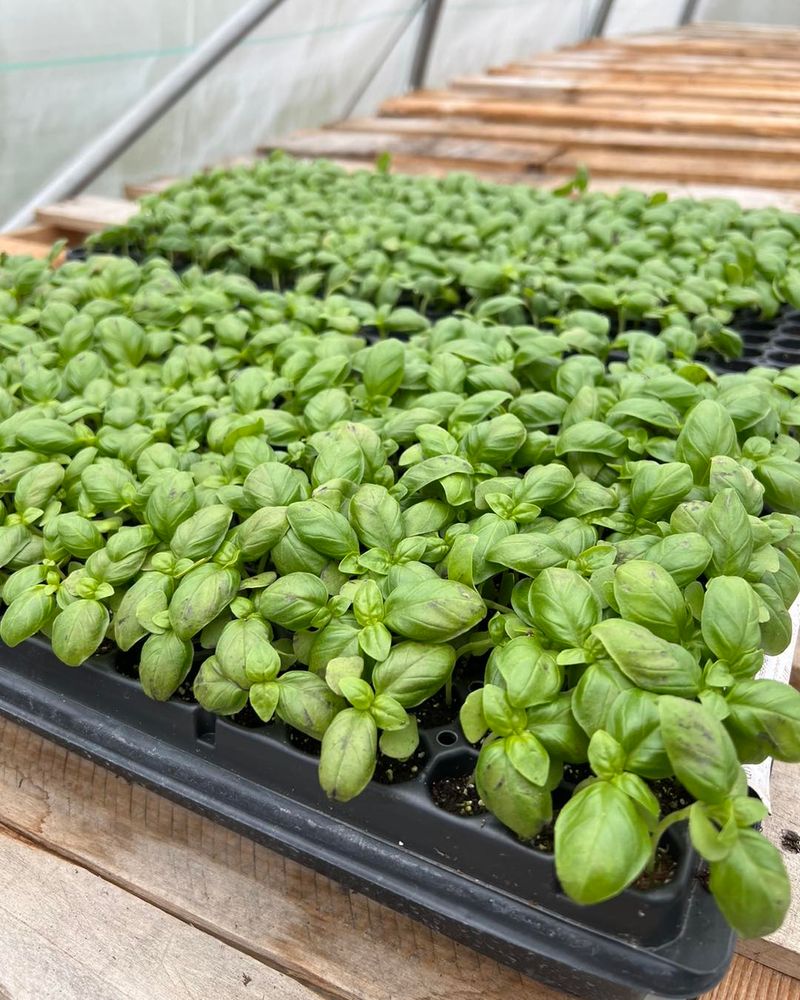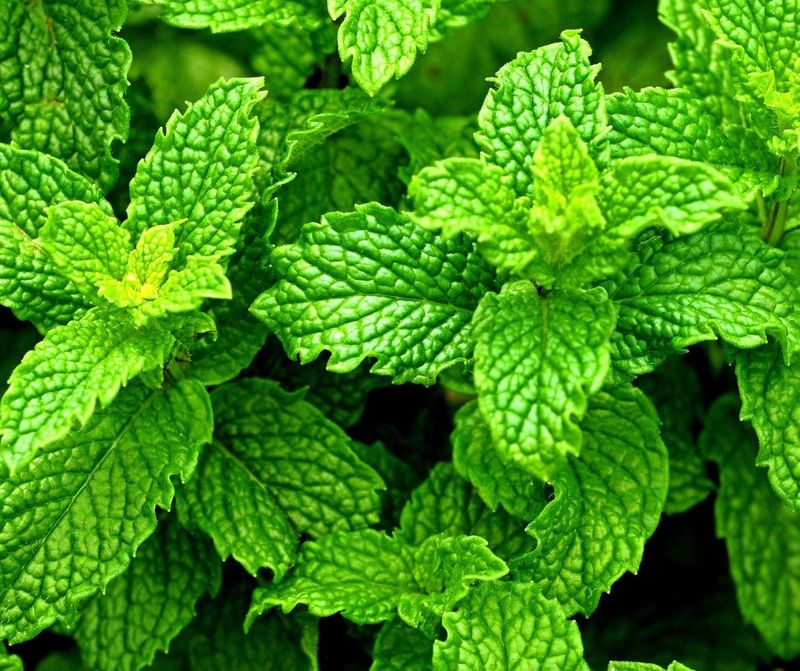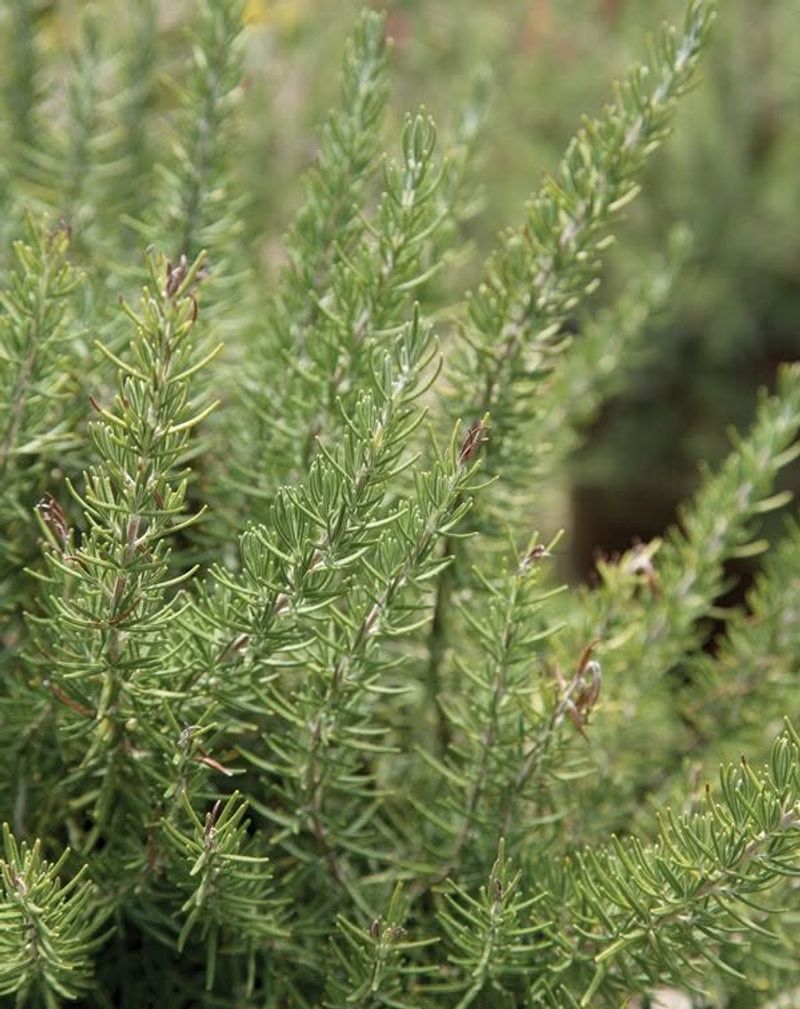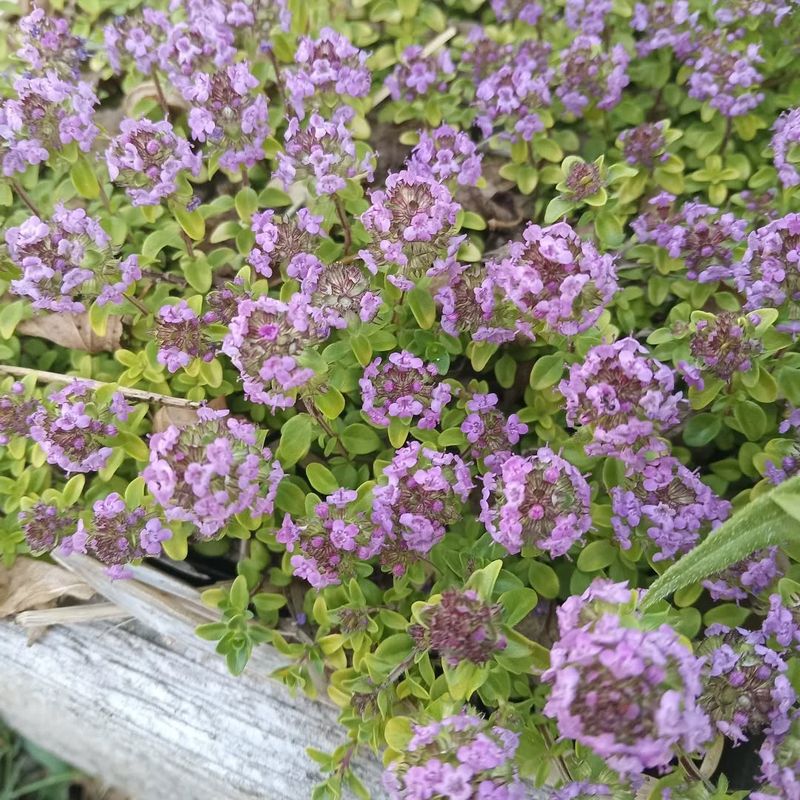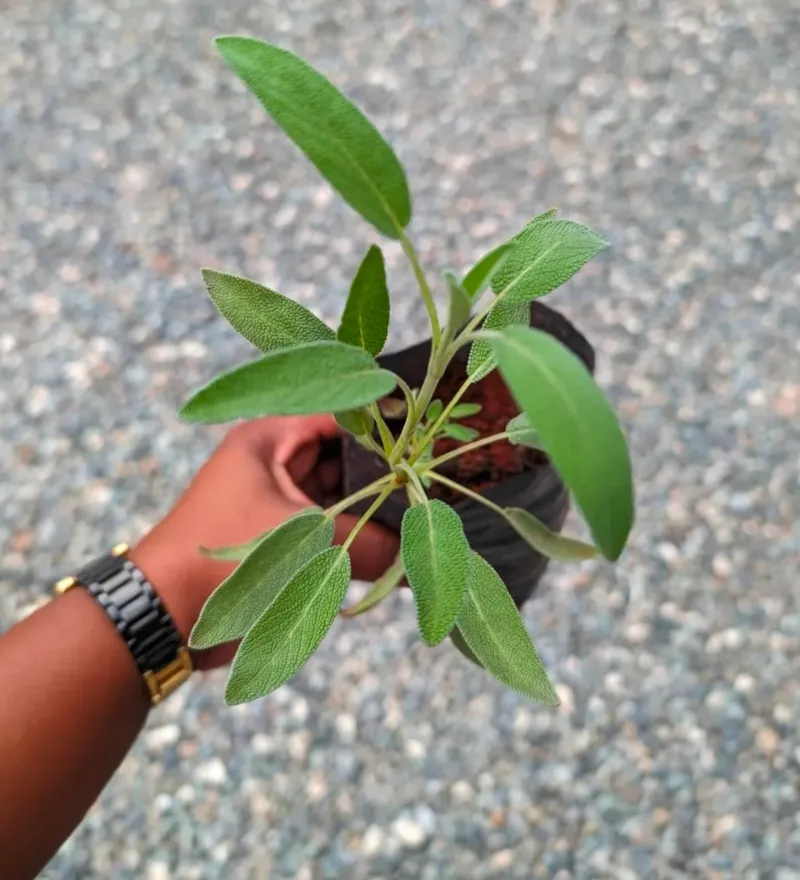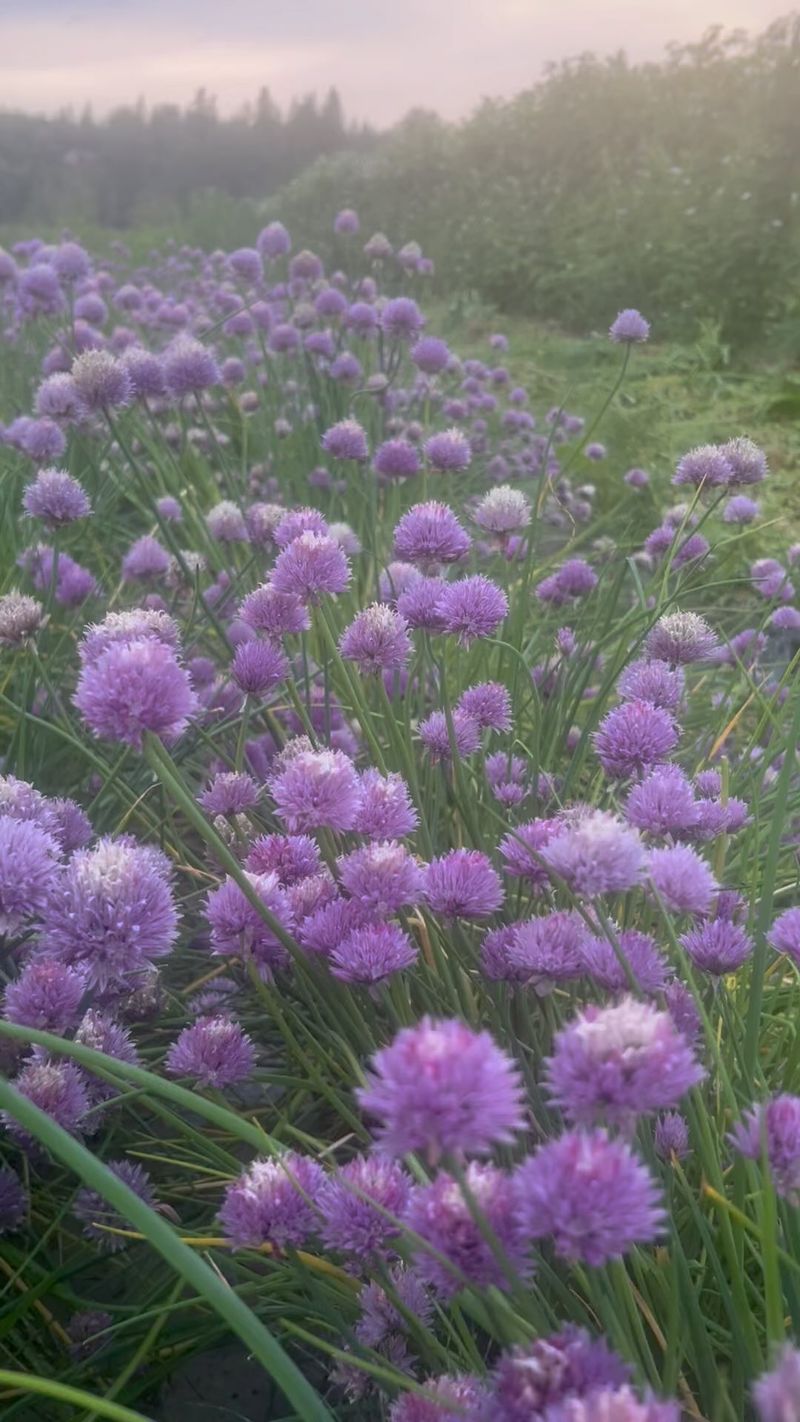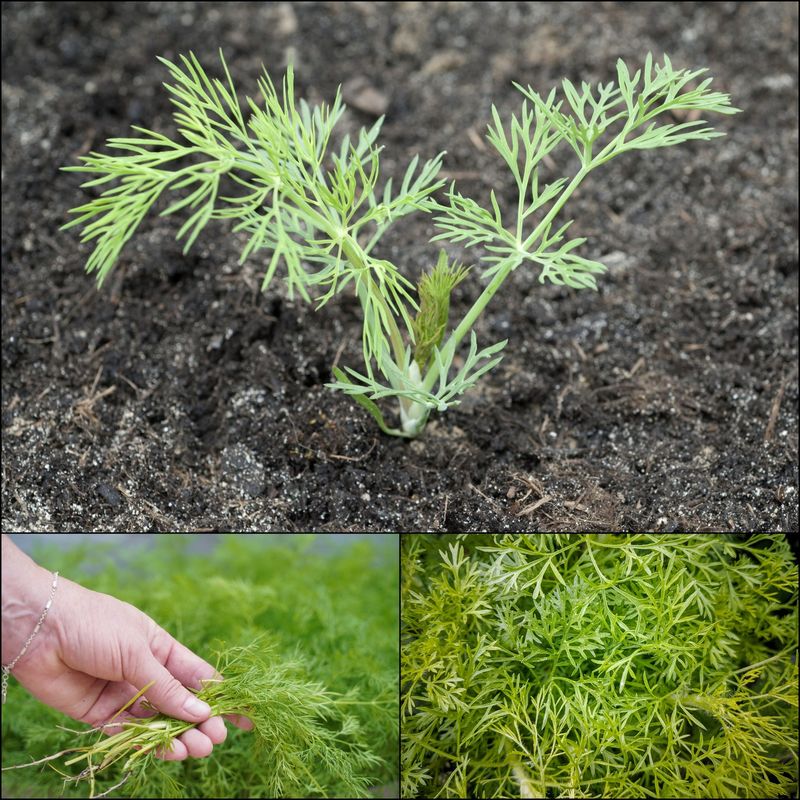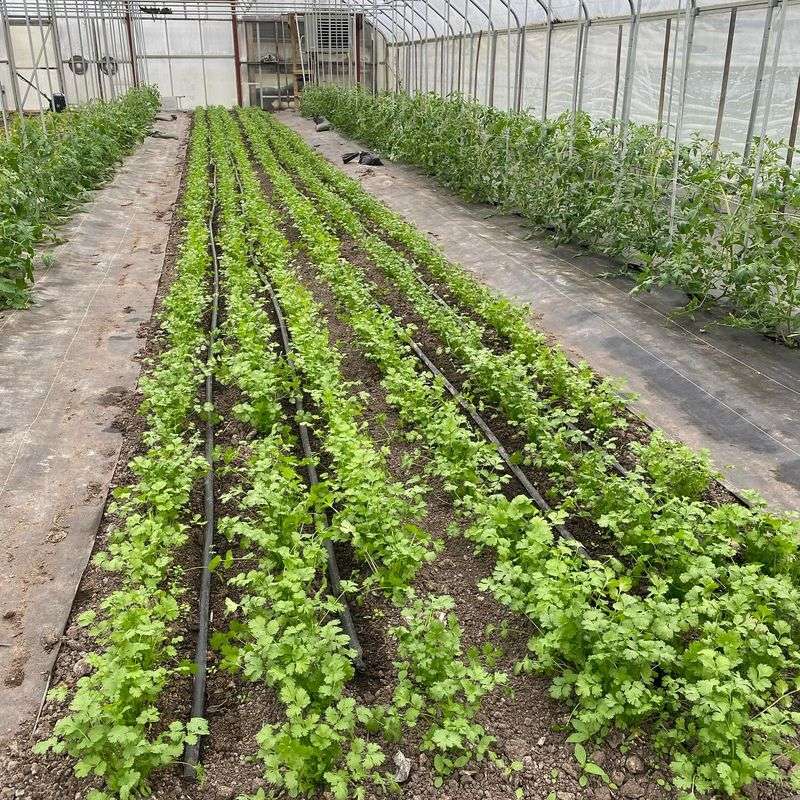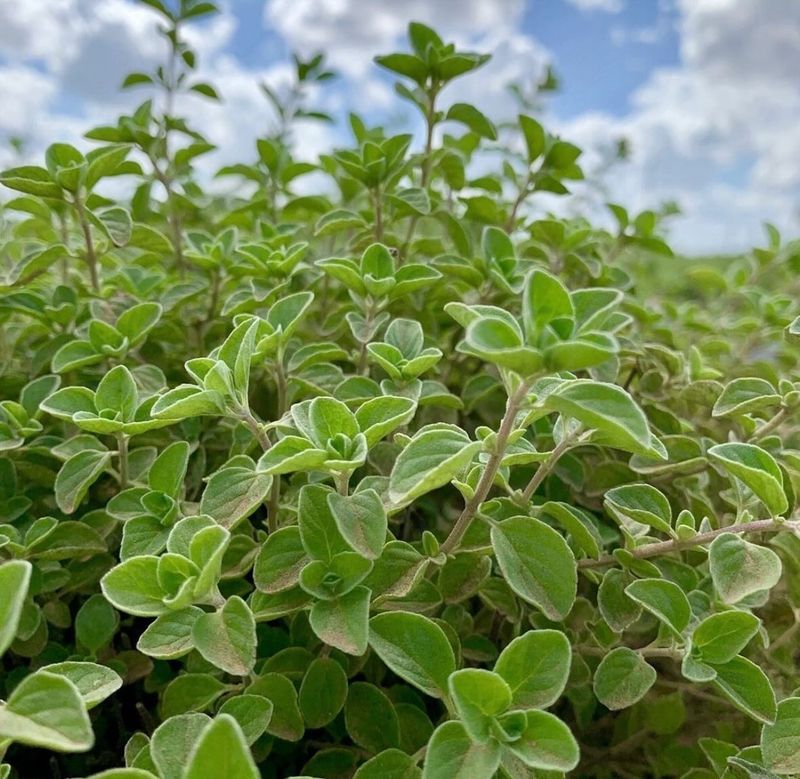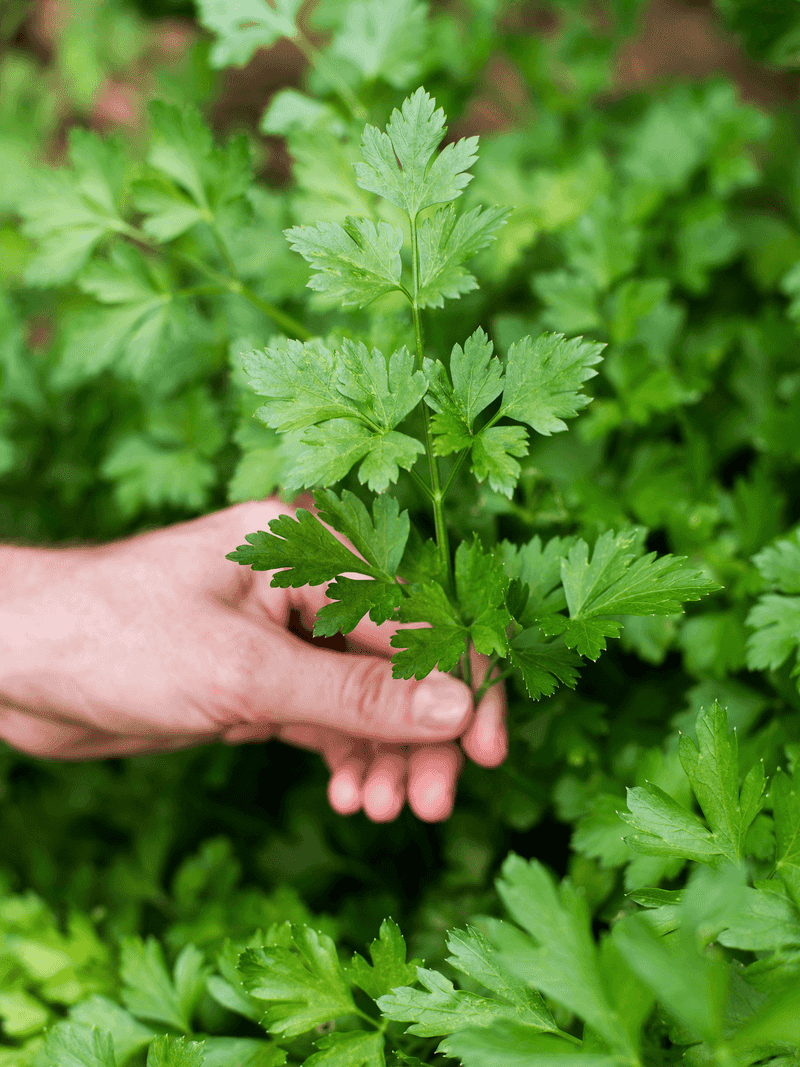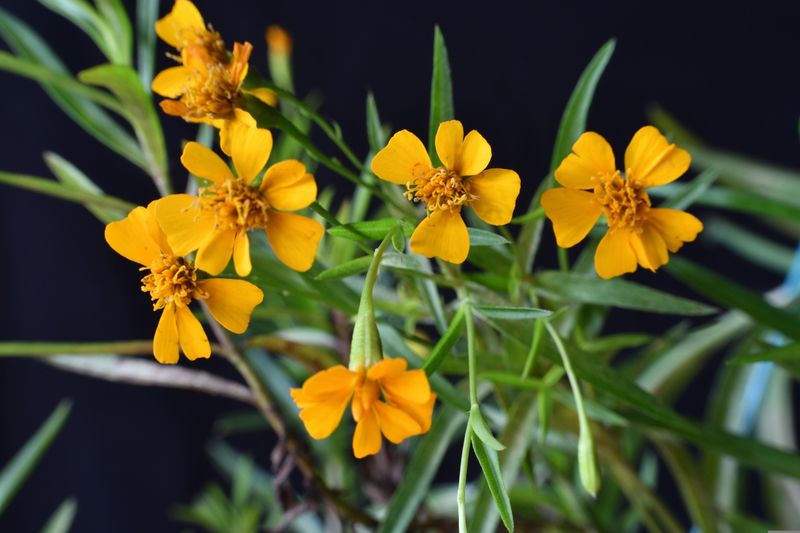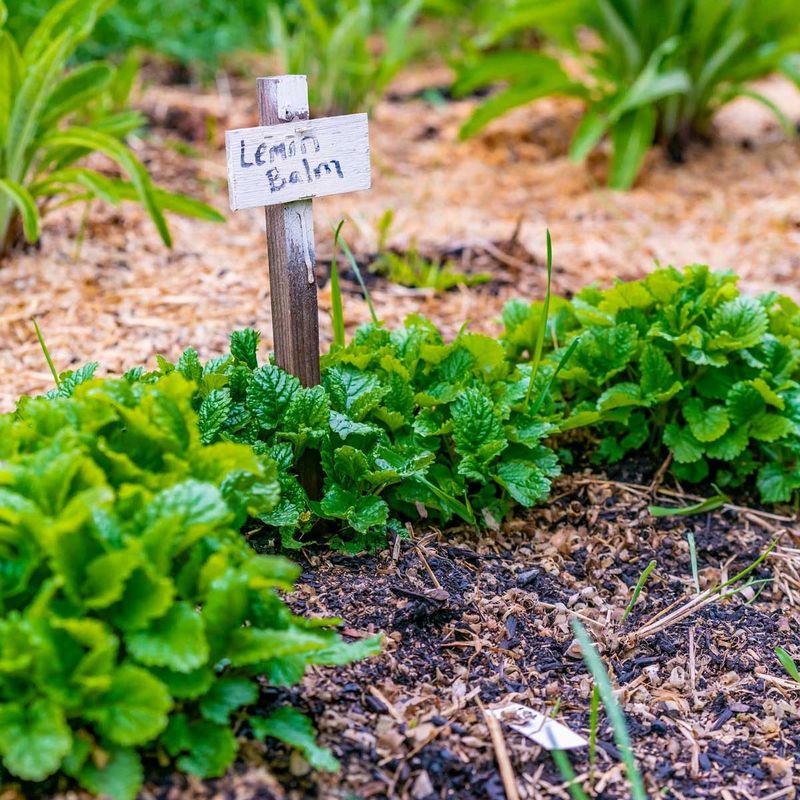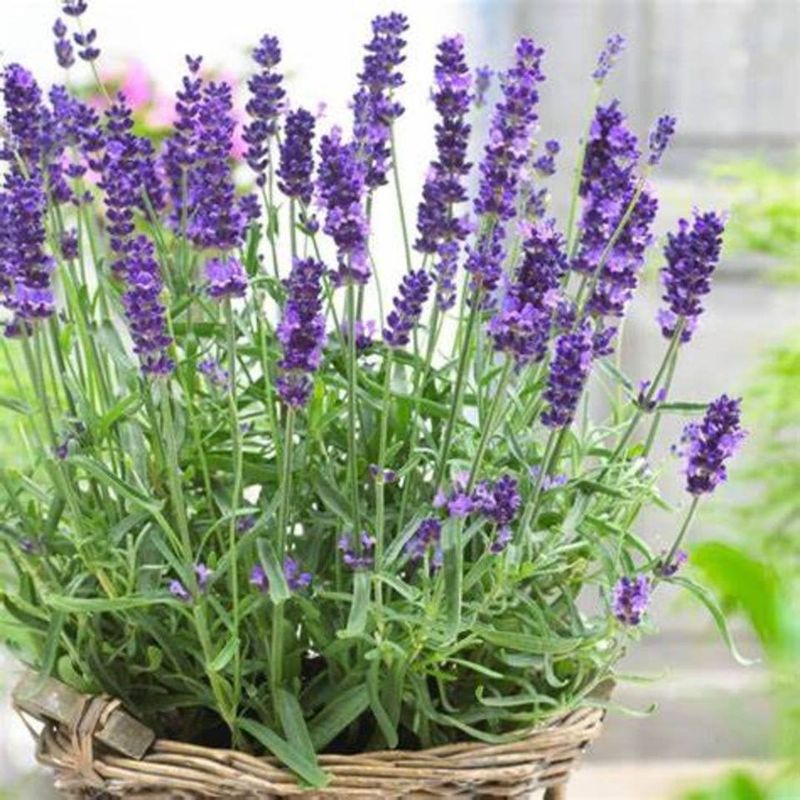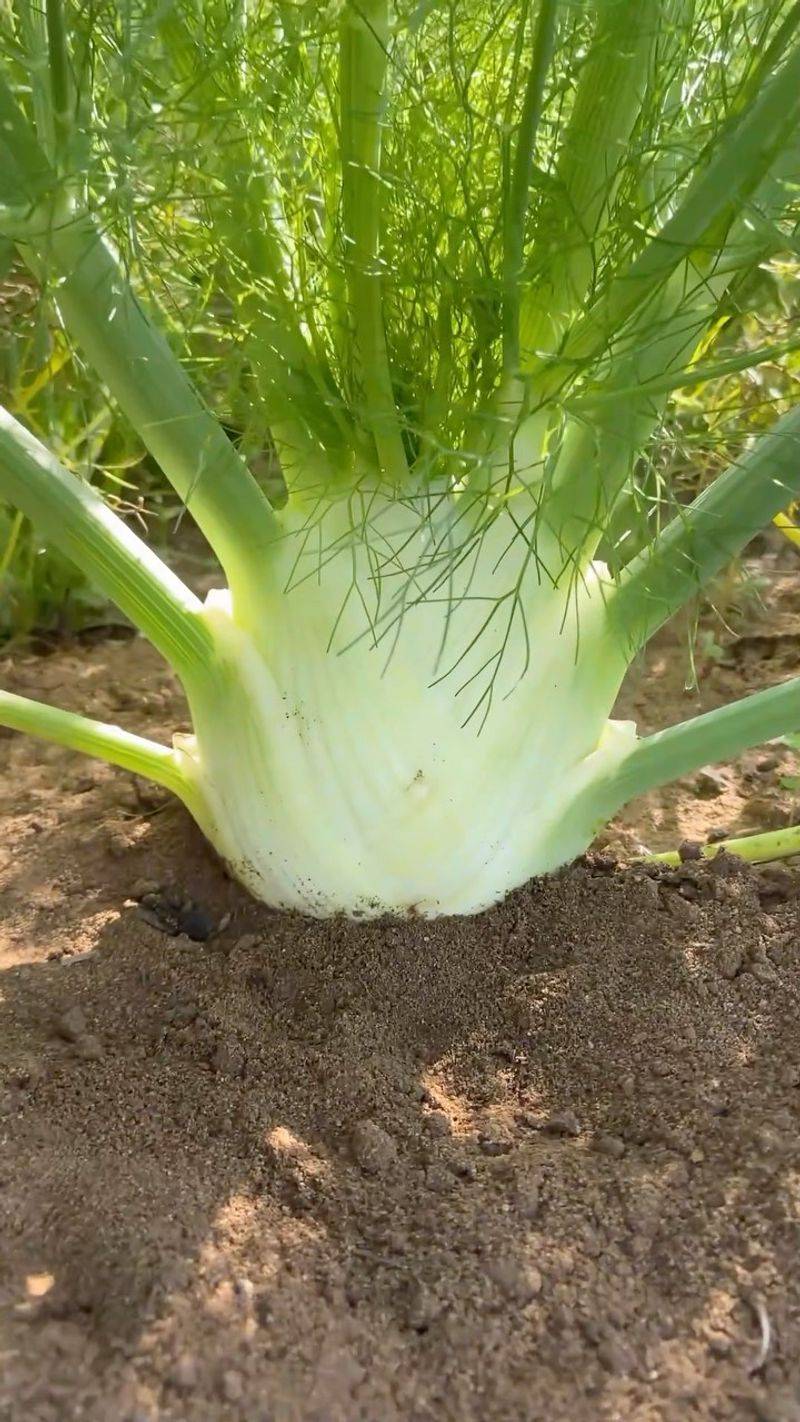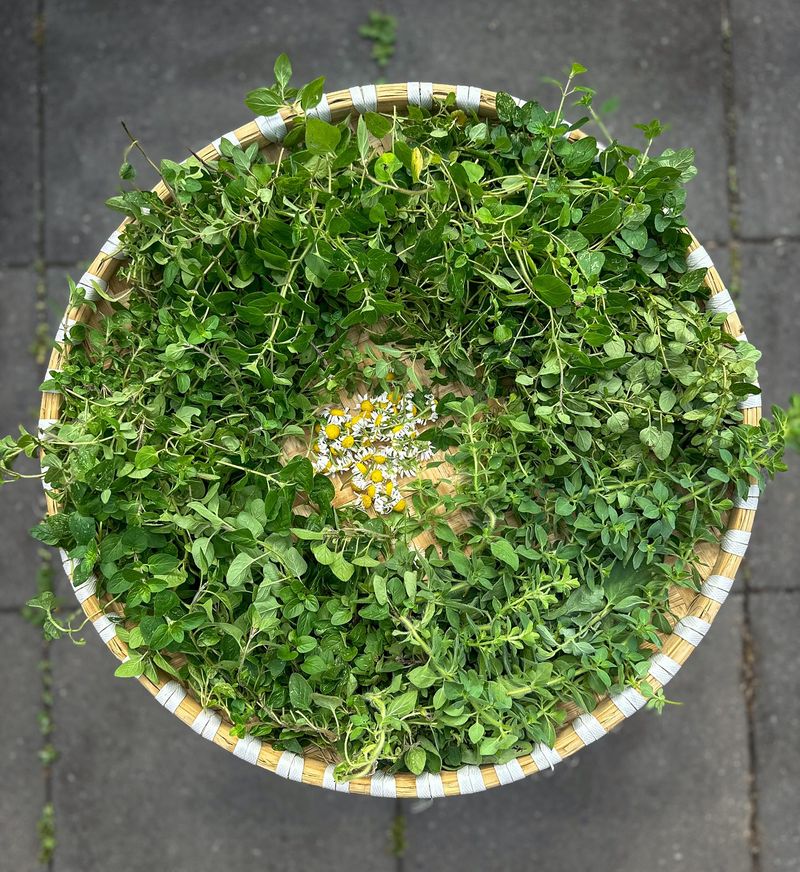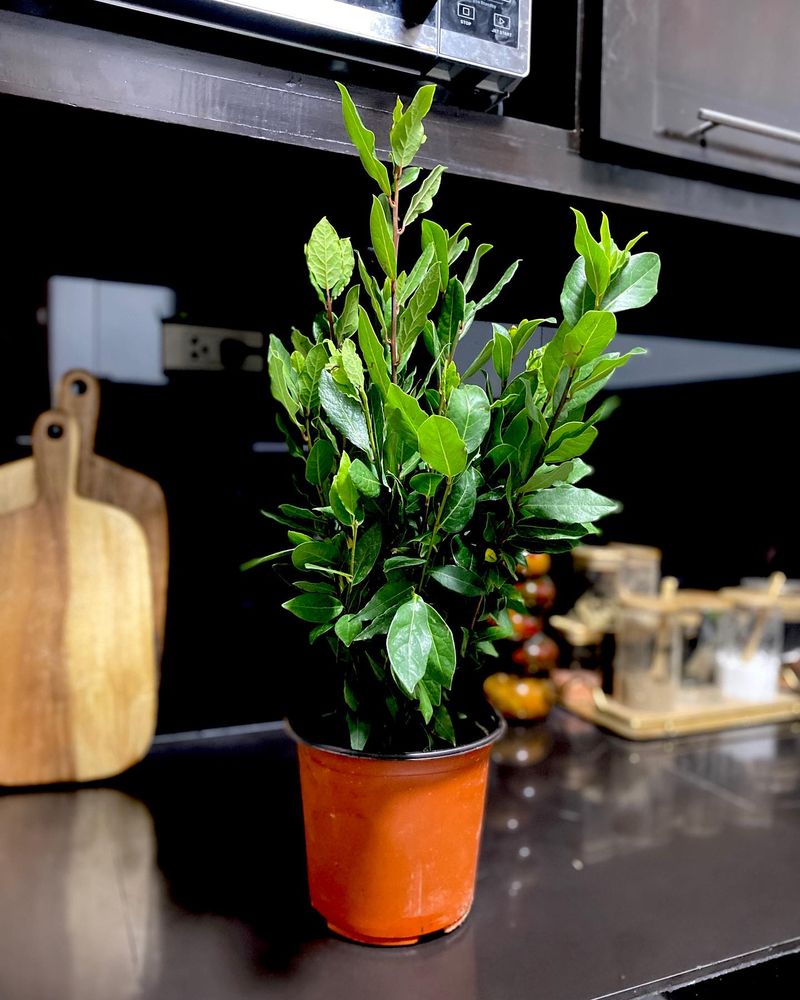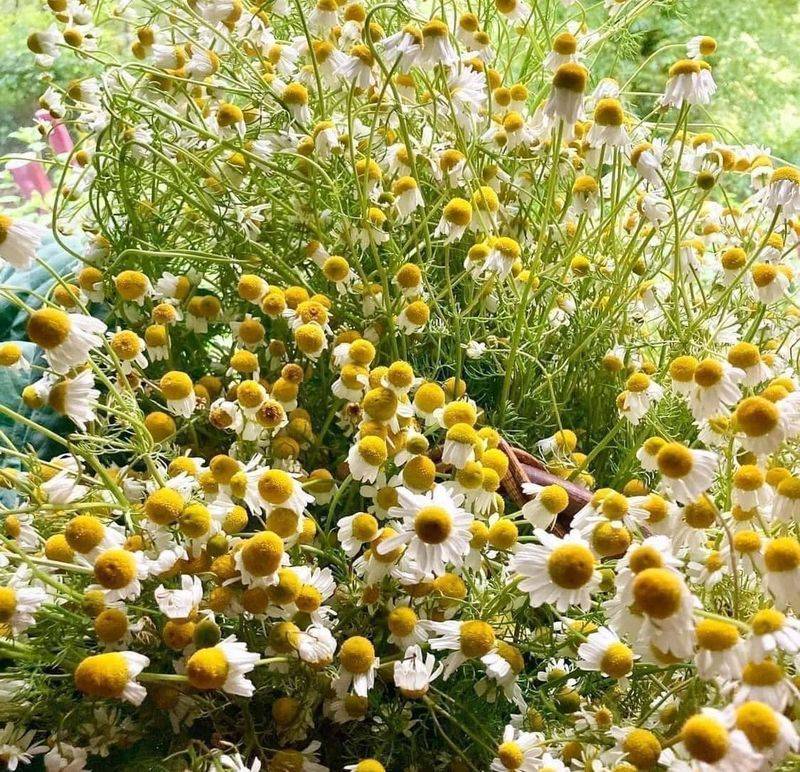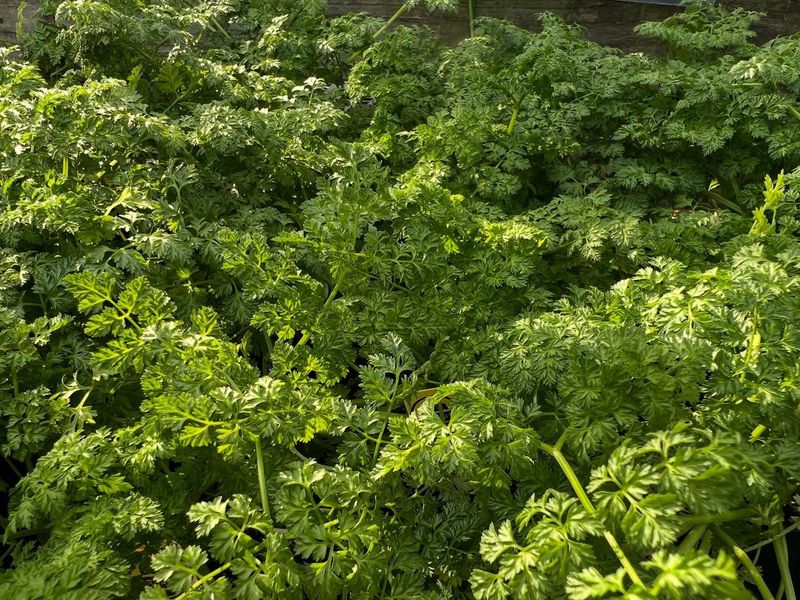May is a wonderful time to start planning your summer herb garden. With longer days and warmer weather, herbs thrive and bring delightful flavors to your kitchen. Planting the right herbs now will ensure a bountiful harvest throughout the summer months. Dive into the world of herbs and discover the best ones to plant this month for a thriving and fragrant garden.
1. Basil
Basil, with its bright green leaves, is a favorite in many kitchens. Its sweet aroma and flavor make it perfect for summer dishes.
Plant basil in a sunny spot with well-drained soil, and watch it flourish. Remember to pinch off flowers to extend the leaf production.
By midsummer, you’ll have plenty of basil for pesto or fresh salads.
2. Mint
Mint’s invigorating scent and taste make it an indispensable herb in any garden. This perennial spreads quickly, so plant it in a container if you want to control its growth.
Whether you’re making refreshing summer drinks or adding a twist to your desserts, mint is a must-have. As it grows, you’ll enjoy its lush leaves that are perfect for teas or garnishes.
3. Rosemary
With its robust, pine-like flavor, rosemary is a fantastic herb for grilling and roasting. Plant rosemary in well-drained soil and ensure it gets plenty of sunlight.
This hardy plant can also be grown indoors on a sunny windowsill. As rosemary grows, it adds a delightful fragrance to your garden.
4. Thyme
Thyme, with its delicate, tiny leaves, adds a subtle yet distinct flavor to dishes. It’s drought-tolerant and thrives in full sun, making it an ideal choice for busy gardeners.
Plant thyme alongside other Mediterranean herbs for a beautiful garden display. Its earthy aroma is not only a culinary delight but also a natural pest repellent.
5. Sage
The earthy, slightly peppery notes of sage make it a standout in dishes ranging from savory sausages to traditional stuffings. It’s easy to grow in a sunny spot with well-drained soil.
Sage leaves can be harvested for cooking or used as a natural air freshener. As it matures, sage becomes a beautiful perennial, returning each year.
6. Chives
Chives, with their mild onion flavor, are perfect for salads and garnishes. Their purple flowers add a splash of color to any garden.
Plant chives in a sunny location with moist soil, and they’ll multiply quickly. Harvest the leaves regularly to encourage new growth.
7. Dill
Dill’s feathery leaves and distinctive flavor make it a standout herb. Ideal for pickling and seasoning fish, it grows best in full sun and well-drained soil.
As dill matures, it produces yellow flowers that attract beneficial insects. Regular harvesting helps prevent early flowering.
For an even longer harvest, succession planting every few weeks ensures you always have fresh dill on hand throughout the season.
8. Cilantro
Known for its fresh and citrusy flavor, cilantro is essential in many cuisines. It grows quickly and prefers cooler weather, making May an ideal time to plant.
Use cilantro leaves in salsas or as a garnish. Harvest the leaves frequently to extend its growing season.
For best results, plant cilantro in well-drained soil and give it plenty of sunlight to encourage healthy, robust growth.
9. Oregano
A staple in Italian and Greek cooking, this aromatic herb is known for its robust flavor and versatility. Oregano thrives in sunny, well-drained spots and is drought-tolerant.
As it grows, oregano’s leaves can be dried for year-round use. It’s a hardy plant that adds a Mediterranean charm to your garden.
To keep oregano producing tender, flavorful leaves, pinch back the stems regularly to prevent flowering and encourage bushier growth.
10. Parsley
With its bright green leaves, parsley is more than just a garnish. It’s rich in vitamins and adds freshness to dishes. Plant parsley in a spot that receives partial sun and keep the soil moist.
This biennial herb will keep producing leaves throughout the season. For a continuous harvest, snip the outer leaves first, allowing the inner stems to mature and keep the plant growing strong.
11. Tarragon
Tarragon, with its licorice-like flavor, is a must-have for culinary enthusiasts. It’s best planted in full sun and well-drained soil. Tarragon pairs wonderfully with chicken and fish dishes.
As it grows, it becomes a tall, lush plant, perfect for any herb garden. To encourage fuller growth and prevent legginess, trim back the stems regularly, especially before the plant flowers.
12. Lemon Balm
With its citrusy scent that’s both invigorating and calming, this fragrant herb is a delightful addition to any garden. Lemon balm is easy to grow and thrives in a sunny or partially shaded area.
Use its leaves to flavor teas and desserts. As it grows, lemon balm attracts bees and butterflies, adding life to your garden.
For the best flavor, harvest the leaves before the plant flowers, and trim it back regularly to encourage fresh growth.
13. Lavender
Known for its soothing fragrance and beautiful purple blooms, this aromatic herb is a garden favorite. Lavender thrives in a sunny spot with well-drained soil.
It’s drought-resistant and perfect for attracting bees. Use its flowers in sachets or as a flavoring. To keep lavender looking its best, prune it back after flowering to maintain its shape and encourage new growth.
14. Fennel
Distinctive for its anise-flavored stalks and delicate, feathery leaves, fennel is both ornamental and edible. It requires full sun and well-drained soil.
Both the bulb and the fronds are versatile additions to many dishes. As it grows, fennel’s yellow flowers attract pollinators.
For the best harvest, regularly remove competing weeds and ensure each fennel plant has ample space to expand its bulb.
15. Marjoram
Valued for its sweet and mild flavor, this tender herb enhances soups, sauces, and more. Marjoram thrives in full sun and well-drained soil. As it matures, it spreads gently, creating a lush carpet of greenery.
Its tender leaves are perfect for drying. To keep marjoram producing flavorful leaves, pinch back the tips regularly to encourage bushier growth and delay flowering.
16. Bay Laurel
Prized for its aromatic leaves that elevate soups and stews, this hardy herb is a must-have in any kitchen garden. Bay laurel thrives in sunny, sheltered spots with well-drained soil.
As a slow-growing tree, it can be pruned to remain compact indoors or allowed to flourish outdoors. Make sure to harvest mature leaves and let them dry before use, as drying enhances their taste and aroma.
17. Chamomile
Known for its gentle, apple-like scent, this calming herb is a favorite for herbal teas. Chamomile thrives in full sun and well-drained soil.
As it blooms, its charming daisy-like flowers not only brighten the garden but also attract beneficial insects. Harvest the flowers and dry them for a soothing cup of tea.
For continuous blooms, pick the flowers regularly to encourage more to grow throughout the season.
18. Sorrel
With its tangy, lemony flavor, this leafy herb brings a zesty kick to salads and soups. Sorrel grows best in moist, well-drained soil with partial sun. As it matures, its broad leaves can be harvested regularly.
This perennial is a hardy addition to any herb garden. To keep the leaves tender and flavorful, trim back any flower stalks as they appear, which helps extend the harvest season.
19. Lemongrass
Famous for its citrusy aroma, this tall, graceful herb is a staple in many Asian dishes. Lemongrass thrives in sunny, warm climates with well-drained soil. Use its stalks to infuse flavor into soups, curries, and teas.
As it grows, lemongrass forms dense clumps that add striking height to your garden. To encourage new shoots and keep the plant vigorous, trim back older stalks regularly near the base.
20. Chervil
Delicate and flavorful, this herb offers a mild anise taste that pairs perfectly with eggs, salads, and light dishes. Chervil prefers cooler temperatures and partial shade, making it ideal for spring planting.
As it grows, its feathery leaves bring a soft, airy texture to your garden. It’s a charming herb with culinary versatility.
To keep the leaves tender and delay bolting, harvest regularly and provide consistent moisture.


